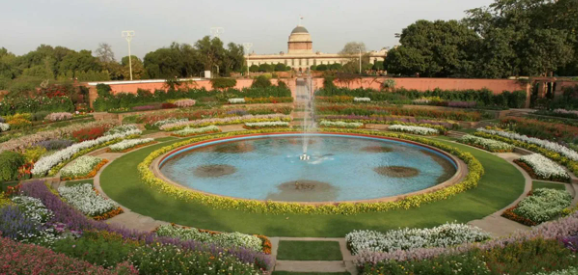
In a significant step towards combating climate change, Jharkhand, one of India’s climate-vulnerable states, has released a comprehensive vision document outlining its transition to a resource-efficient, climate-resilient, and low-carbon economy. Chief Minister Hemant Soren emphasized the state’s strategic move towards sustainability and underscored its crucial role in India’s overall climate action.
The Department of Forest, Environment, and Climate Change in Jharkhand unveiled the vision document, which identifies eight key thematic areas to achieve the ambitious net-zero emissions target set by the country for 2070. With the nation’s climate action intricately linked to Jharkhand’s success in sustainable transition, the state’s efforts hold significant implications for India’s broader environmental goals.
Among the areas highlighted in the vision document, the Jharkhand government has already established a task force on ‘Sustainable Just Transition,’ showcasing its commitment to steering the state towards a greener future. The identified thematic areas include:
- Livelihood and Energy Transitions: Recognizing the importance of promoting sustainable livelihood practices and clean energy solutions, Jharkhand aims to create a conducive environment for transitioning away from carbon-intensive industries.
- Coal Transition: As a state known for its abundance of mineral resources, including coal, Jharkhand seeks to implement a well-planned and gradual transition away from coal dependency. This shift is crucial in reducing greenhouse gas emissions and ensuring a sustainable energy future.
- Renewable Energy Expansion: Exploiting its vast renewable energy potential, Jharkhand aims to accelerate the adoption of solar, wind, and other clean energy sources. This transition will not only contribute to the fight against climate change but also drive economic growth through job creation in the renewable energy sector.
- Forest Conservation and Restoration: Recognizing the vital role of forests in mitigating climate change, Jharkhand emphasizes the protection and restoration of forest ecosystems. By conserving these natural carbon sinks, the state aims to enhance resilience against climate-related impacts.
- Sustainable Urbanization: Addressing the challenges posed by rapid urbanization, Jharkhand plans to implement sustainable urban development strategies. This includes promoting green infrastructure, efficient public transportation, and waste management to reduce the carbon footprint of urban areas.
- Climate-Resilient Agriculture: In a state heavily reliant on agriculture, Jharkhand will prioritize the adoption of climate-resilient farming practices to adapt to changing environmental conditions and ensure food security.
- Circular Economy: Fostering a circular economy approach, Jharkhand aims to reduce waste generation and enhance resource efficiency by promoting recycling and responsible consumption patterns.
- Climate Education and Awareness: Recognizing the importance of public engagement, Jharkhand envisions a comprehensive climate education and awareness program to empower communities and individuals to contribute actively to climate action.
By delineating these key focus areas, Jharkhand’s vision document provides a roadmap for a sustainable and low-carbon future. The state government’s commitment to addressing climate change and its proactive approach in taking tangible actions demonstrate its dedication to combating the global climate crisis.
The release of the vision document marks a crucial step in Jharkhand’s journey towards a greener and more resilient future. With clear objectives and a holistic approach, the state sets a commendable example for other regions to follow in their pursuit of sustainable development and climate action. As the state continues to work towards achieving the net-zero emissions target for 2070, its efforts will undoubtedly play a pivotal role in India’s broader climate agenda.









